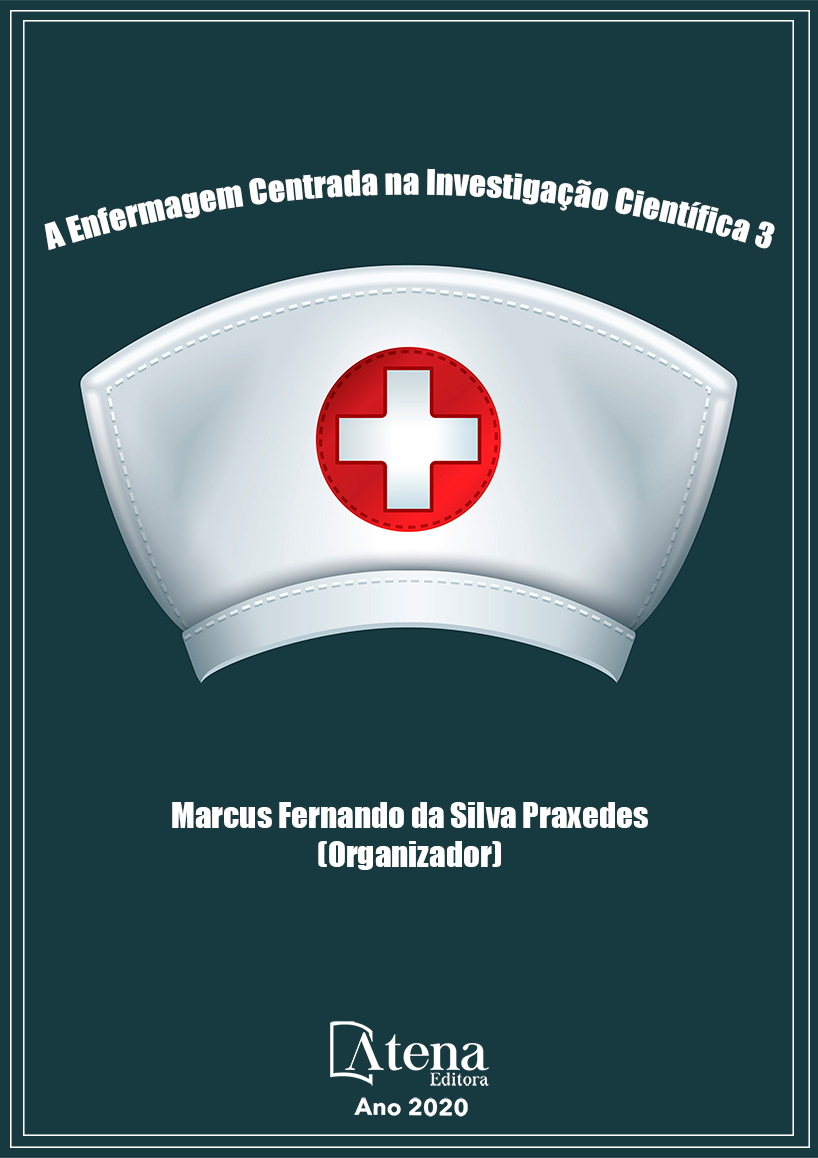
AVALIAÇÃO DA CULTURA DE SEGURANÇA DO PACIENTE EM HOSPITAIS BRASILEIROS: REVISÃO INTEGRATIVA
Objetivo: analisar o uso do instrumento Hospital Survey on Patient Safety Culture (HSOPSC) para avaliação da cultura de Segurança do Paciente em hospitais do Brasil. Método: revisão integrativa realizada em cinco bases de dados relevantes na área da saúde, a amostra foi composta por 13 pesquisas publicadas entre 2015 e 2019. Os artigos foram caracterizados quanto ao objetivo, a amostra, e ao local. Resultados: Foi possível identificar as três dimensões mais bem avaliadas pelos participantes, “Expectativas e ações de promoção de segurança dos supervisores/gerentes”, “Aprendizado organizacional e melhoria contínua” e “Trabalho em equipe dentro das unidades”, e os três domínios com os piores percentuais, “Respostas não punitivas aos erros”, “Trabalho em equipe entre as unidades” e “Apoio da gestão hospitalar para segurança do paciente”. Conclusão: A segurança do paciente é de extrema relevância para a oferta do cuidado de forma segura, assim torna-se importante a identificação da existência de fatores de risco que predispõem aos erros e agravos, estes fatores podem estar relacionados às condições do ambiente de trabalho, aos insumos materiais, escassez de funcionários e a capacitação destes.
AVALIAÇÃO DA CULTURA DE SEGURANÇA DO PACIENTE EM HOSPITAIS BRASILEIROS: REVISÃO INTEGRATIVA
-
DOI: 10.22533/at.ed.99220240718
-
Palavras-chave: Segurança do Paciente; Cultura de Segurança; Gestão da Segurança.
-
Keywords: Patient Safety; Safety Culture; Security Management.
-
Abstract:
Objective: to analyze the use of the Hospital Survey on Patient Safety Culture (HSOPSC) instrument to assess the Patient Safety culture in hospitals in Brazil. Method: an integrative review carried out in five relevant databases in the health area, the sample was composed of 13 surveys published between 2015 and 2019. The articles were characterized in terms of objective, sample, and location. Results: It was possible to identify the three dimensions best evaluated by the participants, “Expectations and actions to promote safety of supervisors / managers”, “Organizational learning and continuous improvement” and “Teamwork within the units”, and the three domains with the worst percentages, “Non-punitive responses to errors”, “Teamwork between units” and “Support from hospital management for patient safety”. Conclusion: Patient safety is extremely relevant for the provision of care safely, so it becomes important to identify the existence of risk factors that predispose to errors and injuries, these factors may be related to the conditions of the work environment to material inputs, shortages of employees and their training.
-
Número de páginas: 15
- Thália Letícia Batista Menezes
- Patrícia Kelen Sousa Araújo Gomes
- José Ivo Albuquerque Sales
- Cássio da Silva Sousa
- Natasha Marques Frota
- Marianna Carvalho e Souza Leão Cavalcanti
- Nelson Miguel Galindo Neto
- Lívia Moreira Barros


